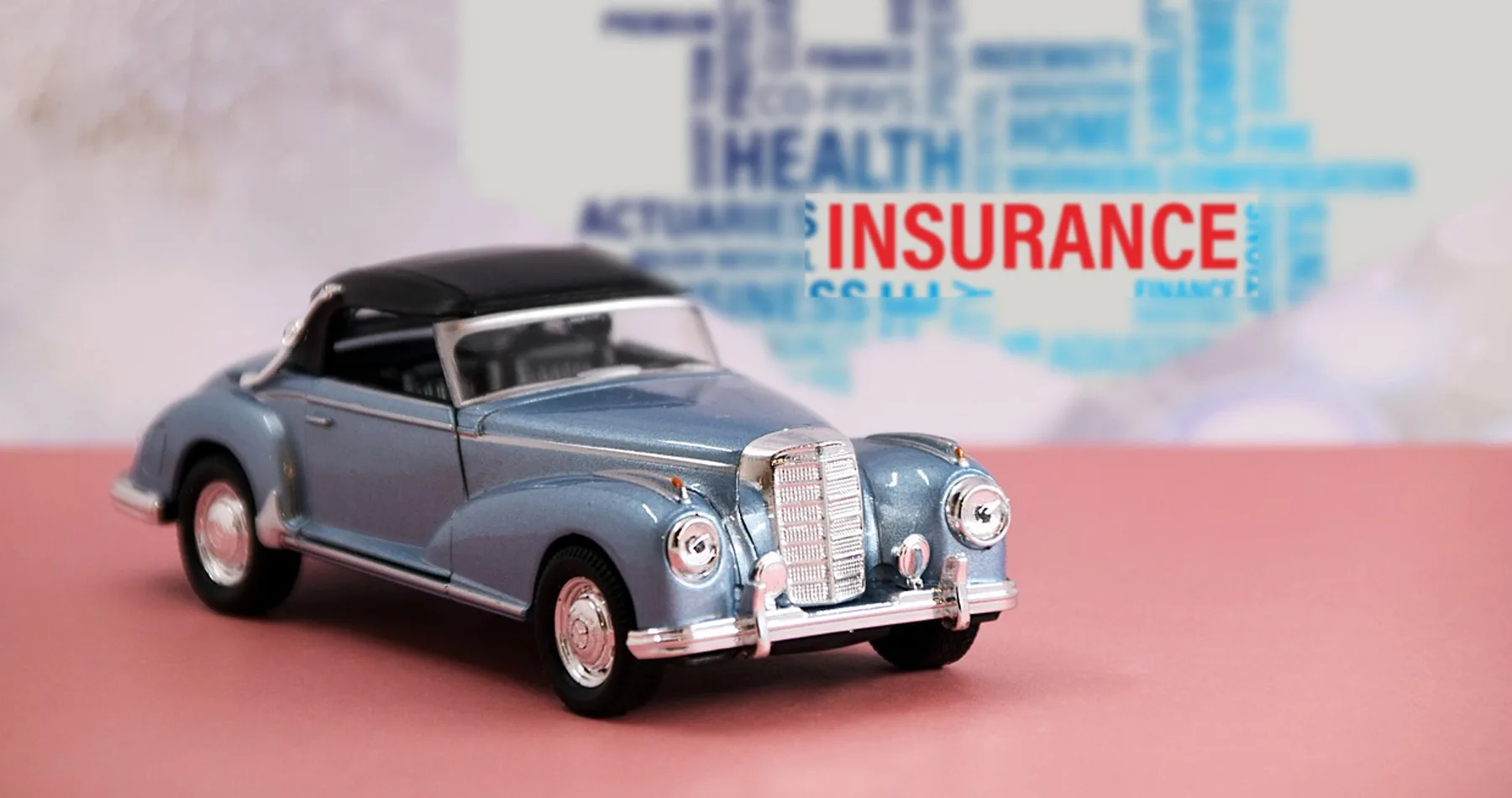Owning a classic car in Ireland is not just a passion; it’s a connection to history and a unique driving experience. As the owner of a vintage vehicle, safeguarding your prized possession is paramount. Classic car insurance in Ireland plays a crucial role in providing coverage tailored to the unique needs of these cherished automobiles.
How much is classic car insurance in Ireland?
Understanding Classic Car Insurance:
Classic car insurance differs significantly from standard auto insurance. The distinctive features of classic car insurance address specific requirements and characteristics of vintage vehicles. Some key elements of classic car insurance include:
Agreed Value Coverage: Unlike standard auto insurance, classic car insurance often allows owners to agree upon the vehicle’s value with the insurer.
Limited Mileage: Classic car insurance typically has a mileage limit, recognizing that vintage vehicles are less frequent than daily-use cars.
Age and Eligibility: Classic car insurance is usually available for vehicles a certain age, often considered at least 15 to 20 years old. However, eligibility criteria may vary among insurance providers.
Usage Restrictions: Policies may include restrictions on how the classic car is used, such as prohibiting it from being used for regular commuting or commercial purposes. Owners are typically required to have an alternative, everyday vehicle for daily use.
Factors Influencing Classic Car Insurance Costs:
Agreed Value vs. Market Value: One of the primary factors influencing classic car insurance costs is the method used to determine the vehicle’s value. Policies with agreed-value coverage tend to have higher premiums as the insurer commits to paying the agreed-upon value in case of a total loss.
Rarity and Desirability: The rarity and desirability of the classic car also impact insurance costs. Rare and highly sought-after models may command higher premiums due to their uniqueness and potential replacement cost.
Driving Record: The driver’s history, including any accidents, traffic violations, or claims, plays a significant role in determining insurance premiums. A clean driving record often results in lower insurance costs.
Age and Experience: The age and driving experience of the policyholder can also affect premiums. Generally, older and more experienced drivers may be eligible for lower insurance rates.
Storage Location: While away from use, classic cars should be in a protected and safe place. Because they carry less danger, cars kept in garages or other safe storage facilities may pay less for insurance.
Security Measures: Installing anti-theft devices, alarms, and other security features can help lower insurance premiums by minimizing the risk of theft or vandalism.
Limited Mileage Discount: Classic car insurance often has a mileage limit. Owners who drive their vintage vehicles less frequently are eligible for lower premiums. The lower the annual mileage, the lower the perceived risk.
Commuting Restrictions: Generally, classic automobile insurance forbids using the car for daily commutes. Policies may specify that the vehicle is for leisure, auto shows, or sporadic excursions.
Coverage Options for Classic Car Insurance:
Classic car insurance offers various coverage options to cater to the unique needs of vintage vehicle owners. Understanding these options is crucial when determining the overall cost of coverage:
Liability Coverage: This coverage protects the owner if they are at fault in an accident, covering bodily injury and property damage.
Comprehensive Coverage: This coverage protects against non-collision events, such as theft, vandalism, or natural disasters.
Collision Coverage: This coverage pays for damages to the classic car resulting from a collision with another vehicle or object.
